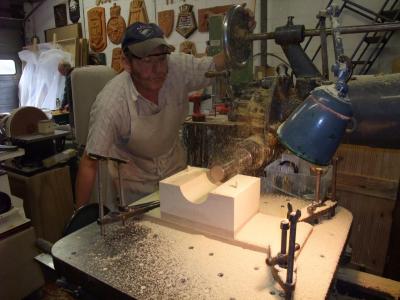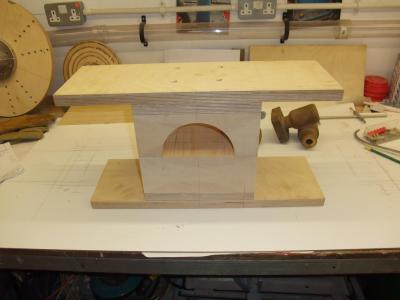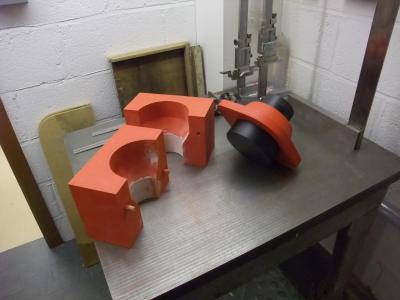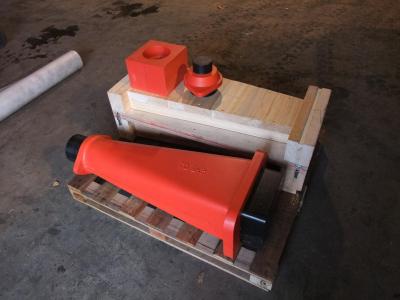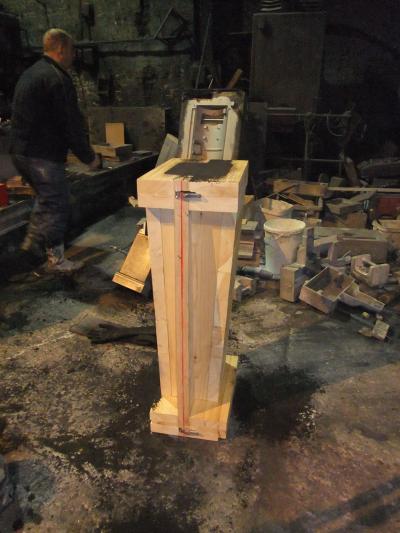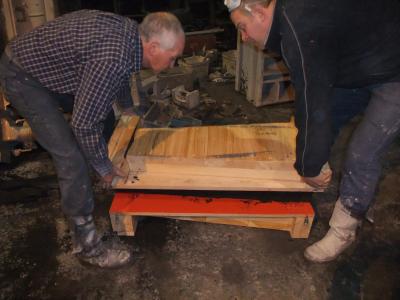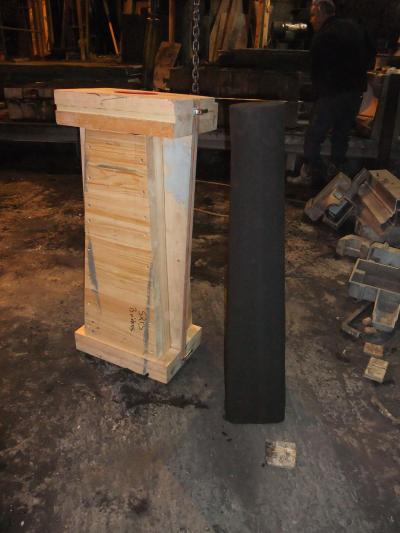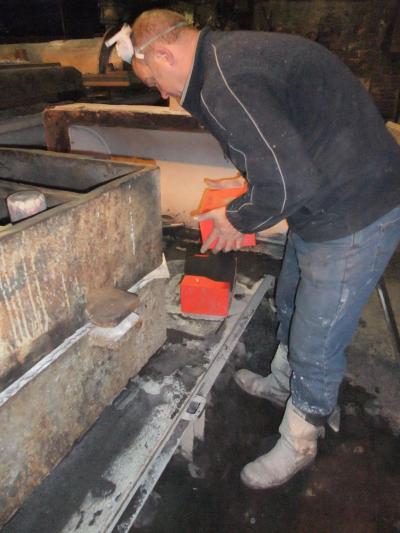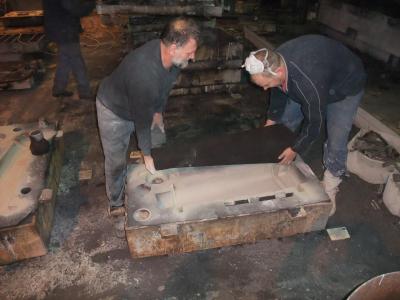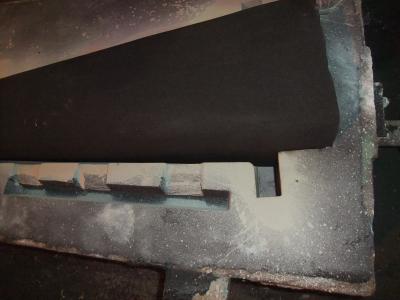Casting - Cores and Prints
| First | Previous | Back to Index | Next | Last | |||||
| 38 records found. Page 2 of 4 displayed. | |||||||||
For most of the photos on this page, you can click the image for a larger picture.
| First | Previous | Back to Index | Next | Last | |||||
| 38 records found. Page 2 of 4 displayed. | |||||||||



